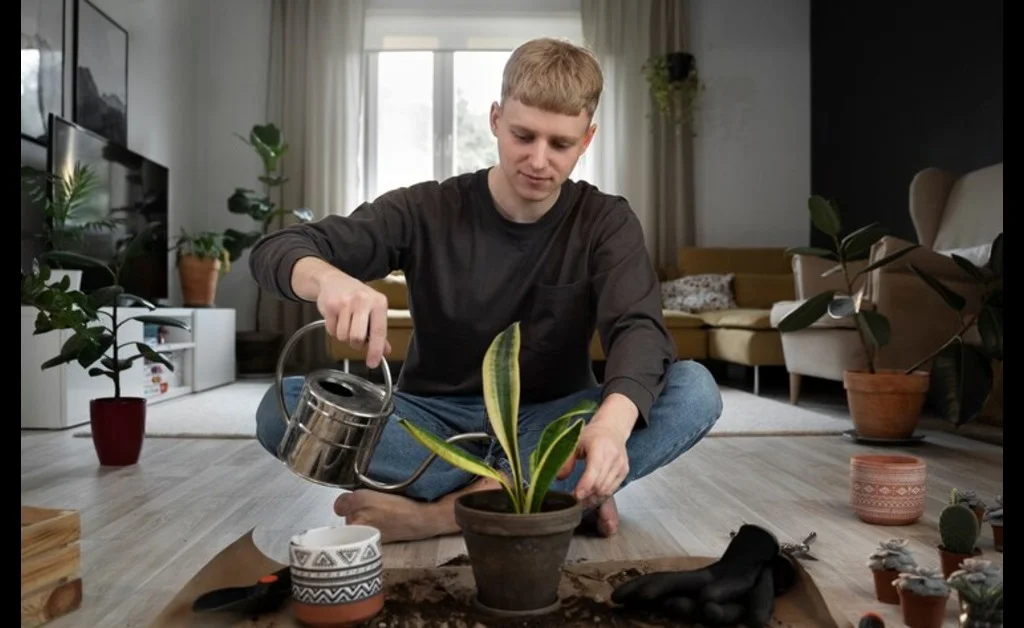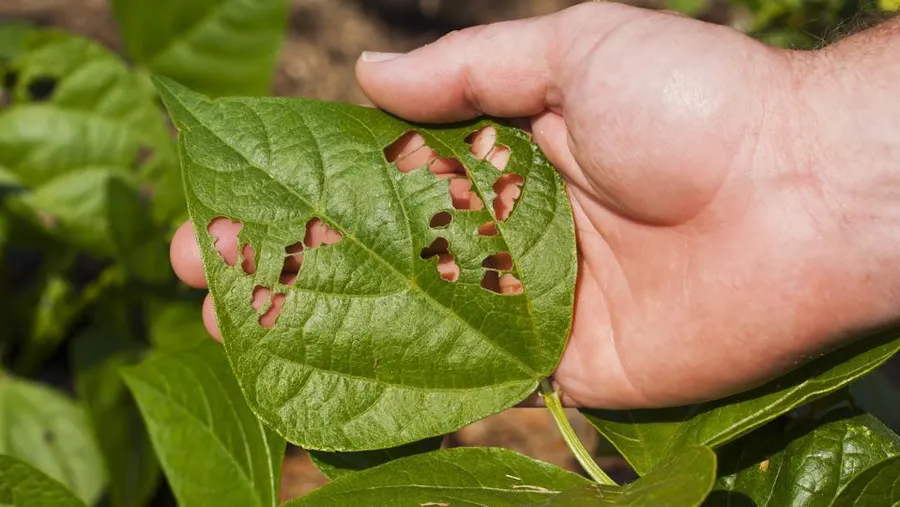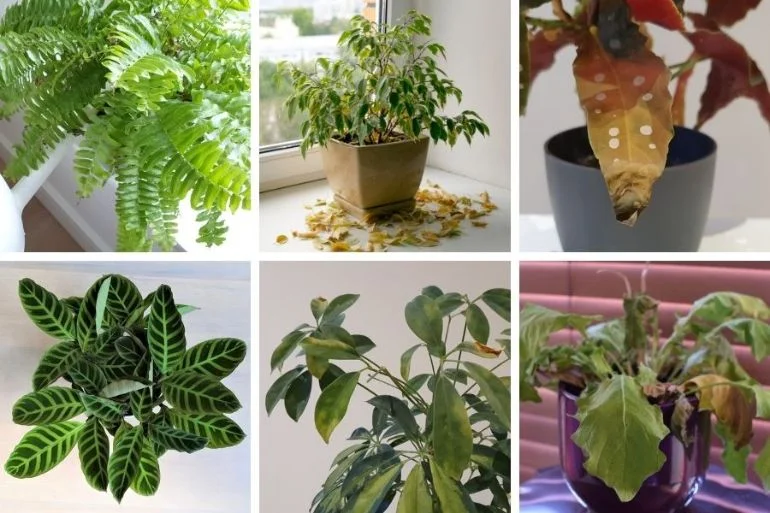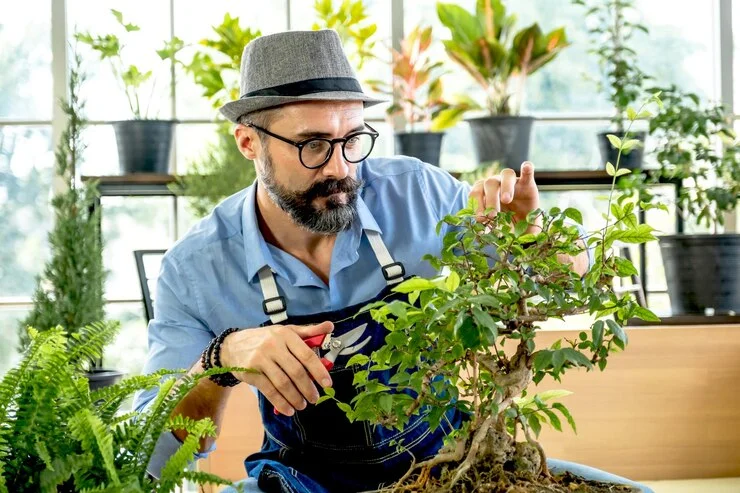Introduction
As a passionate gardener, there’s nothing more disheartening than watching your beloved plants wither and die before your eyes. You’ve nurtured them, watered them, and provided them with the best possible care, yet they still struggle to thrive. Don’t worry, you’re not alone! Even the most experienced green thumbs face challenges in keeping their gardens flourishing.
In this detailed article, we’ll dive into the common reasons why plants die and provide you with a step-by-step approach to diagnosing and troubleshooting common gardening problems. By understanding the underlying causes, you’ll be better equipped to revive your struggling plants and prevent future issues, ensuring a lush and vibrant garden for years to come.
Common Reasons Why Plants Die
Before we delve into the diagnostic process, let’s explore some of the most common reasons why plants might be dying:
1. Improper Watering
One of the leading causes of plant death is improper watering. Both underwatering and overwatering can have detrimental effects on your plants.
Underwatering can cause wilting, dry and crispy leaves, stunted growth, and ultimately, plant death. On the other hand, overwatering can lead to root rot, fungal infections, and suffocation of the roots due to lack of oxygen.
2. Nutrient Deficiencies
Plants require a balanced supply of essential nutrients to thrive. Nutrient deficiencies can manifest in various ways, including:
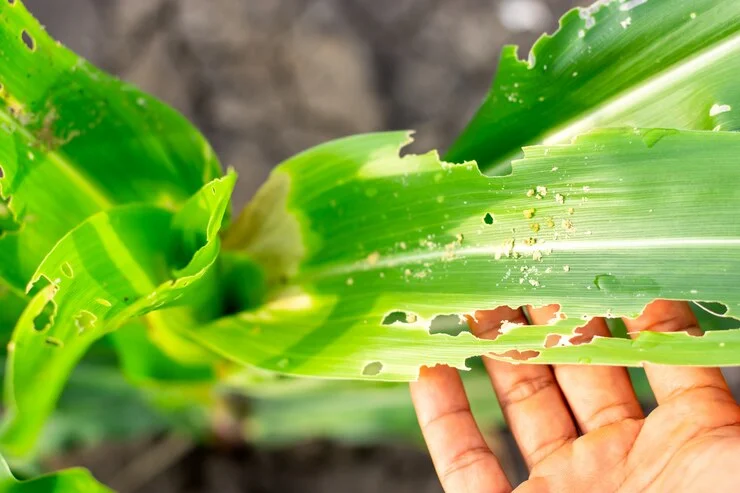
- Yellowing leaves: A common sign of nitrogen deficiency
- Purple or reddish leaves:Indicative of a phosphorus deficiency
- Stunted growth and discolored leaves: Often caused by a lack of potassium or other micronutrients
3. Pest Infestations
Pests, such as insects, fungi, and bacteria, can wreak havoc on your plants. Common signs of an infestation include:
- Chewed or discolored leaves
- Sticky residue or webbing on leaves and stems
- Visible insects or larvae
- Wilting or stunted growth
4. Environmental Stress
Environmental factors, such as temperature extremes, sun exposure, and poor soil conditions, can also contribute to plant death. Some examples include:
- Heat or cold stress: Extreme temperatures can damage or kill plants
- Too much or too little sunlight: Plants have specific light requirements
- Poor soil drainage or aeration: Can lead to root rot or suffocation
Step-by-Step Guide to Diagnosing Plant Problems
Now that you understand some of the common causes of plant death, let’s dive into a step-by-step approach to diagnosing and addressing the issues:
1. Observe the Symptoms
The first step in diagnosing plant problems is to carefully observe the symptoms your plants are exhibiting. Look for signs such as wilting, discoloration, stunted growth, or any other abnormalities. Inspect the entire plant, including the leaves, stems, and roots, for clues.
2. Check the Soil Conditions
Next, it’s time to examine the soil conditions. Use a moisture meter or simply stick your finger into the soil to check for dryness or excessive moisture. You can also invest in a soil testing kit to analyze the nutrient content and pH levels.
Additionally, take note of the soil’s drainage and aeration. Poorly draining or compacted soil can lead to root rot and other issues.
3. Look for Pests or Disease
Closely inspect your plants for signs of pests or disease. Check the undersides of leaves, stems, and the soil around the plant for any visible insects, larvae, or fungal growth. Identifying the specific pest or disease is crucial for effective treatment.
4. Consider Environmental Factors
Finally, consider the environmental factors that may be impacting your plants. Are they receiving the appropriate amount of sunlight or shade? Have there been any recent temperature fluctuations or extreme weather conditions? Is the plant located in an area with adequate air circulation?
Troubleshooting Common Plant Problems
Once you’ve identified the potential causes of your plant’s decline, it’s time to take action and troubleshoot the issues. Here are some tips for addressing common plant problems:
1. Underwatering/Overwatering
If you suspect your plant is suffering from improper watering, adjust your watering schedule accordingly. For underwatered plants, water deeply and consistently until the soil is moist but not waterlogged. For overwatered plants, reduce watering and improve drainage by aerating the soil or repotting the plant in a well-draining potting mix.
2. Nutrient Deficiencies
To address nutrient deficiencies, you can either apply a balanced fertilizer or amend the soil with compost or other organic matter. Be cautious not to overfertilize, as this can also cause problems.
3. Pest Infestations
For pest infestations, start with organic pest control methods such as insecticidal soaps, neem oil, or introducing beneficial insects like ladybugs. If the infestation is severe, you may need to resort to chemical pesticides, but use them judiciously and follow all safety instructions.
4. Environmental Stress
To mitigate environmental stress, consider relocating your plants to a more suitable location with the appropriate sun exposure, temperature, and wind protection. You may also need to improve soil quality by amending it with compost or other organic matter to enhance drainage and aeration.
Preventing Future Plant Deaths
While addressing current plant issues is crucial, it’s equally important to take preventive measures to ensure the long-term health of your garden. Here are some tips to help prevent future plant deaths:
1. Choosing the Right Plants
Start by selecting plants that are well-suited to your climate and growing conditions. Consider factors such as sun exposure, soil type, and water needs. Native plants or those labeled as “drought-tolerant” or “low-maintenance” can be excellent choices for beginners or those with limited gardening time.
2. Proper Planting Techniques
Proper planting techniques can go a long way in ensuring the success of your plants. Before planting, prepare the soil by adding compost or other organic matter to improve drainage and nutrient content. Pay attention to spacing and planting depth, and mulch around the plants to retain moisture and suppress weeds.
3. Regular Maintenance
Even after your plants are established, regular maintenance is key. Monitor them closely for signs of stress or problems, and address issues promptly. Prune and groom your plants as needed, and provide seasonal care such as winterizing or protecting them from extreme weather conditions.
When to Call in Professional Help
While many gardening problems can be resolved with some research and effort, there may be times when professional help is necessary. If you’ve tried various troubleshooting methods without success, or if the issue seems particularly complex or persistent, consider consulting a horticulturist or a local Master Gardener.
These experts can provide personalized advice, identify specific pests or diseases, and recommend effective treatment plans tailored to your garden’s needs.
Conclusion
Losing plants can be heartbreaking, but with the right knowledge and approach, you can often revive and maintain a thriving garden. By understanding the common reasons for plant death, carefully diagnosing the issues, and implementing the appropriate troubleshooting strategies, you can overcome gardening challenges and enjoy the beauty and rewards of a flourishing outdoor space.
Remember, patience and persistence are key. Don’t be discouraged if your plants don’t bounce back immediately. With time, care, and a bit of trial and error, you’ll develop the green thumb you’ve been striving for.
Gardening is a rewarding journey, and even the most experienced gardeners face setbacks. Embrace the learning process, seek guidance when needed, and take pride in nurturing and cultivating life in your own backyard oasis.
People Also Ask
1. Can overwatering and underwatering cause similar symptoms in plants?
Yes, both overwatering and underwatering can lead to similar symptoms in plants, such as wilting, yellowing leaves, and stunted growth. This can make it challenging to determine the root cause initially. However, by checking the soil moisture levels and monitoring the plant’s response to adjustments in watering, you can usually identify the underlying issue.
2. How do I identify specific nutrient deficiencies in my plants?
Identifying specific nutrient deficiencies can be tricky, as different deficiencies can present with similar symptoms. However, here are some general guidelines:
- Nitrogen deficiency: Yellowing of older leaves, stunted growth
- Phosphorus deficiency: Purple or reddish discoloration of leaves, stunted growth
- Potassium deficiency: Browning or scorching of leaf edges, stunted growth
You can also invest in a soil testing kit or consult a professional for more accurate diagnoses.
3. Are there natural ways to get rid of common garden pests?
Yes, there are various natural and organic methods for controlling garden pests:
- Insecticidal soaps and neem oil: Effective against many insect pests
- Beneficial insects: Introducing ladybugs, lacewings, or praying mantids can help control pest populations
- Companion planting: Growing certain plants together can deter pests (e.g., marigolds and tomatoes)
- Handpicking and trapping: Manually removing pests or using traps can be effective for small infestations
Always start with the least harmful methods before considering chemical pesticides.
4. How do I know if my plants are getting too much or too little sunlight?
Plants that are receiving too much sunlight may exhibit signs of wilting, leaf scorch, or bleaching, even when the soil is moist. On the other hand, plants that are not getting enough sunlight may become leggy, with elongated stems and smaller leaves, and may fail to flower or produce fruit.
Pay attention to the specific light requirements of your plants and monitor their growth and appearance to determine if adjustments are needed.
5. When is the best time to transplant or repot struggling plants?
The best time to transplant or repot struggling plants is typically during the spring or fall, when temperatures are mild, and plants are either emerging from dormancy or preparing for it. Avoid transplanting during the hottest summer months or when plants are actively growing or flowering.
Additionally, it’s essential to handle the plants gently during transplanting or repotting to minimize further stress and damage to the roots.
By addressing these common gardening questions and providing comprehensive information on diagnosing and troubleshooting plant problems, you’ll be well-equipped to tackle any challenges that arise in your garden. Don’t hesitate to seek professional guidance or consult additional resources as needed to ensure the health and vitality of your plants.
